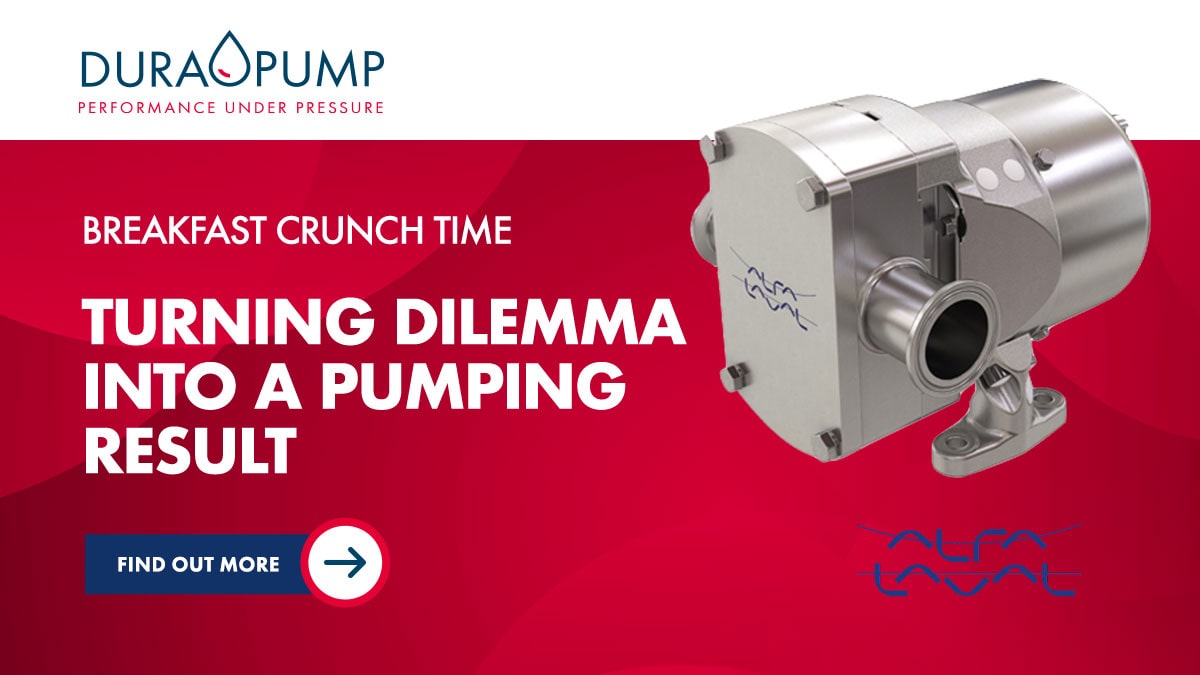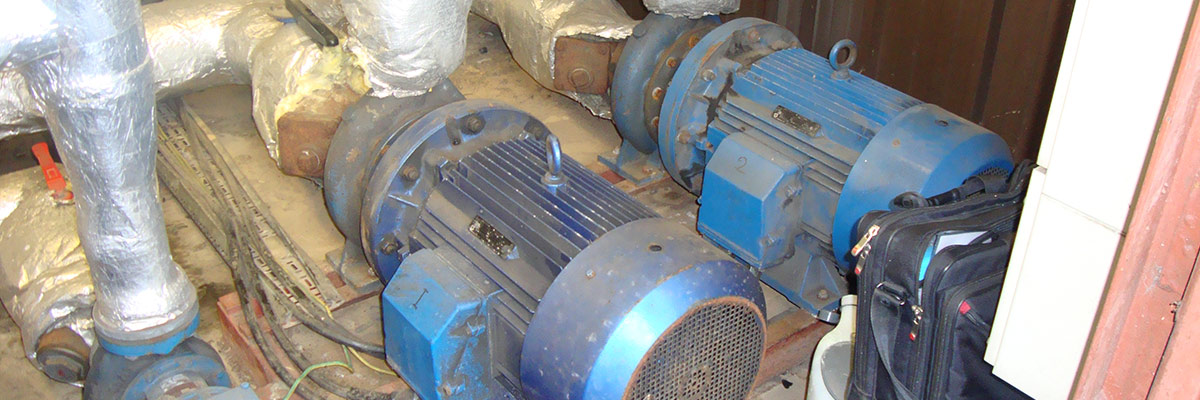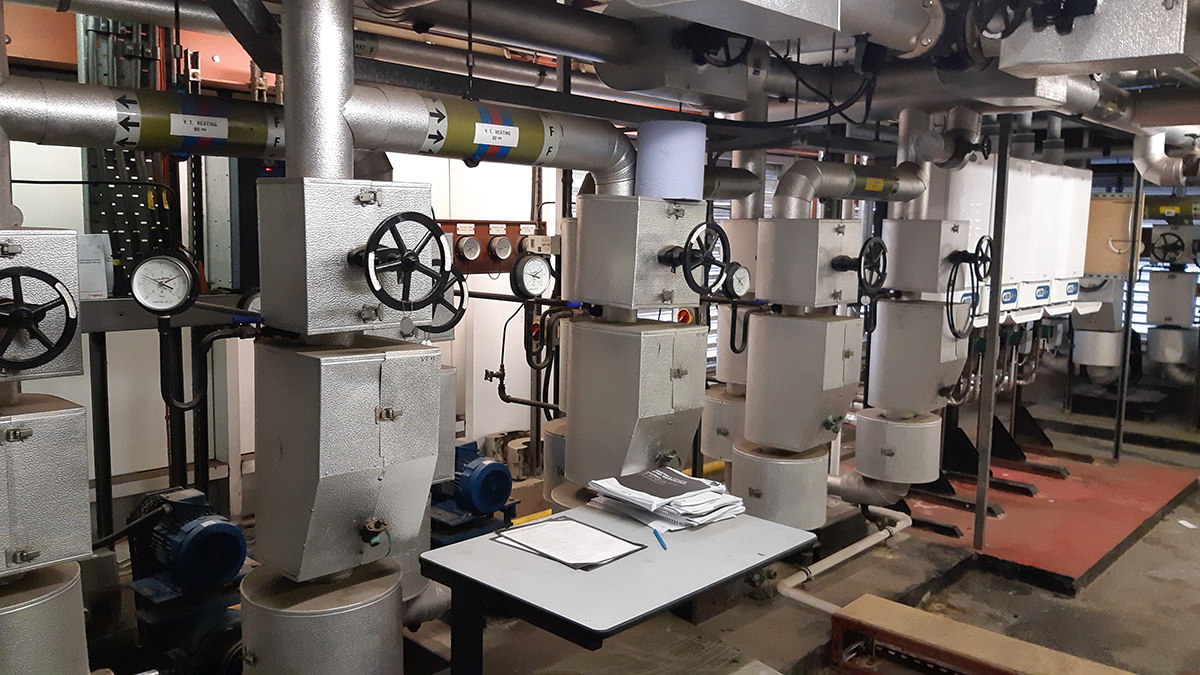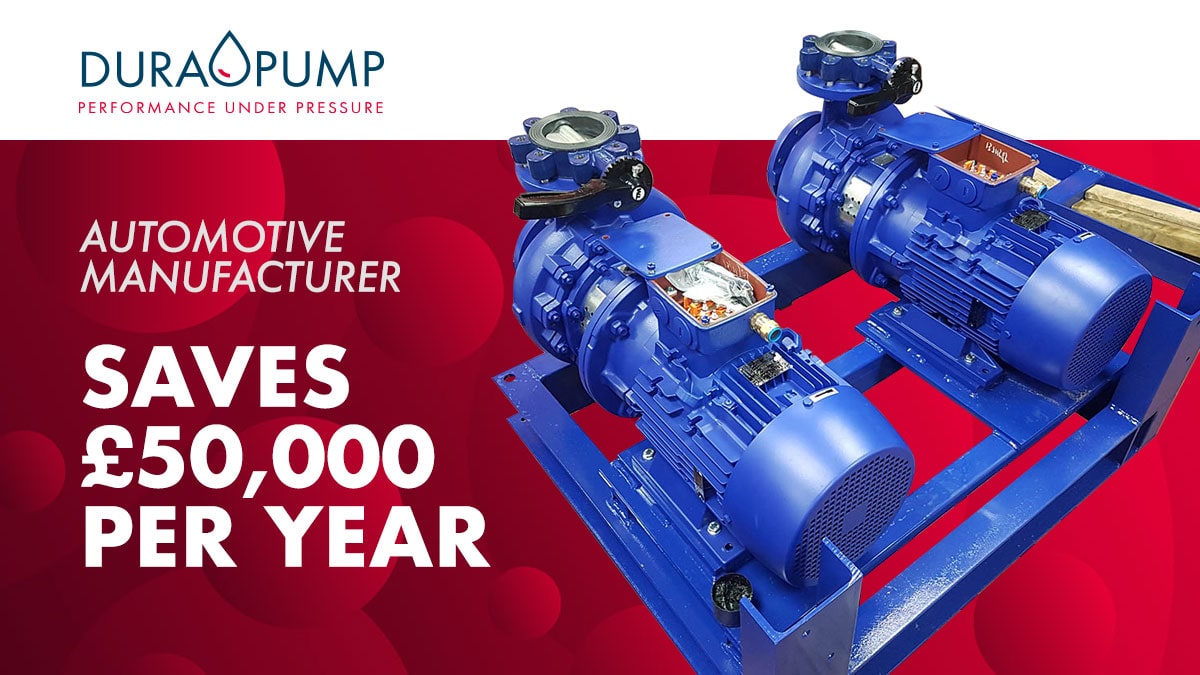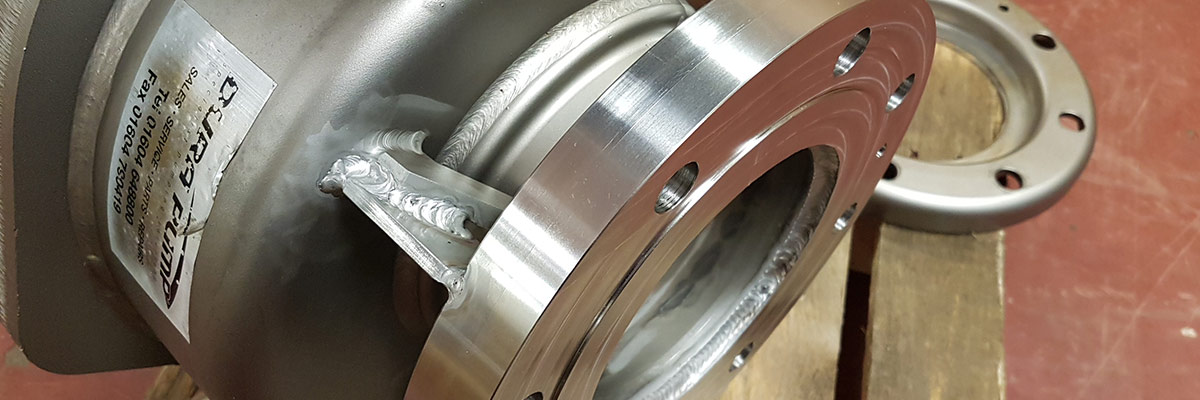
The Challenge
Our engineers were carrying out an installation of an 11kW pump for a large NHS trust and noted that the pump was running continuously with no external control. We therefore realised there was an energy savings opportunity. Having discussed this issue with the client, they were pleased to find that savings could be made of up to 35% on annual running costs.
The pumps were running at full speed when this duty was not required, consequently wasting energy and costing the hospital more than needed. Also, having an adverse and unnecessary impact on the environment, through the creation and conversion of unneeded electricity.
Our Solution
Our solution was to supply and install two wall-mounted Grundfos inverters next to the pumps, install differential pressure transducers on the inlet and outlet of the pumps, which were then used to communicate with each to the inverter, which in turn controlled each pump according to demand.
We integrated the inverters to link to their existing control panel. We carried out all electrical and mechanical connections, programmed the inverters and left the system running to its optimum and most efficient level.
The Result

As a result, our client benefited from a 35% energy saving which over a course of a year amounted to 30,397 kW/h. The trust’s current cost of electricity was 0.18p, saving them approximately £5,500 per annum with a payback of 18 months.
On top of the above the pumps were running up less strain due to them not running at full speed the whole time, meaning that breakdowns or failures were less likely to occur. Both factors improved the longevity and life of the pumps.
Case Studies


